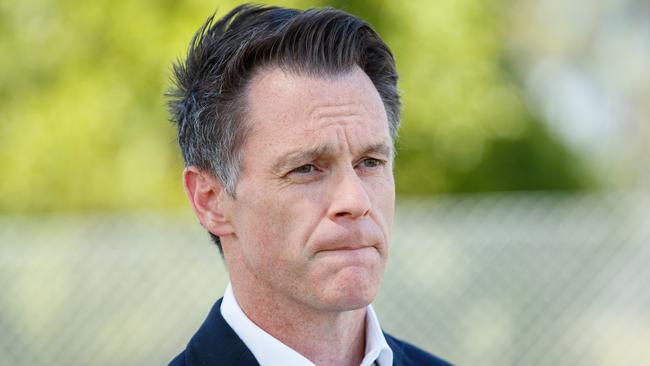Fewer turbines, but taller: Minns govt approves $2b wind farm in Mudgee
A massive wind farm proposed for Mudgee has been approved, with a few key moderations. Here’s what it means.
NSW
Don't miss out on the headlines from NSW. Followed categories will be added to My News.
A $2 billion wind farm approved for regional NSW will have fewer – but taller – turbines.
The Minns government this week approved a modified proposal for the large-scale Liverpool Range Wind Farm, which will feature 185 instead of 267 turbines.
However, while the wind farm will now comprise few turbines, they will be taller at 215 metres, up from 165 metres.
The government also declared the project – located northeast of Mudgee – would deliver more energy, powering 730,000 homes.
While the Liverpool Range Wind Farm was first approved by state and federal governments in 2018, community consultation resulted in Tilt Renewables – which acquired the project in 2019 – to look to newer technology to reduce the number of turbines.
In approving the modifications this week, the government declared the wind farm would not only power hundreds of thousands of homes, but create 550 construction jobs and 47 operational jobs in the State’s Central West.

The local community would also benefit with $35 million to be delivered to local councils through Voluntary Planning Agreements.
Despite comprising few turbines, the government declared the modification would result in an increase in the project’s maximum energy generation capacity by 370 megawatts to 1.3 gigawatts, with capacity to power an additional 200,000 homes across the state.
The additional power has been made possible through the use of more efficient turbines and increasing the maximum wind turbine height from 165 to 215 metres.
The wind farm – deemed a State Significant Development – is located within the Central-West Orana Renewable Energy Zone (REZ), which the government considers a strategic area with strong renewable energy resource potential.

In its assessment, the Department of Planning, Housing and Infrastructure (DPHI) worked with the community, councils and government agencies to address visual, biodiversity, traffic and
transport impacts.
NSW Planning Minister Paul Scully said the project was a good example of an applicant working with the local community.
“This is a good example of the applicant working with the local community and the final result being material changes to the proposal that address visual impacts,” he said.
Do you have a story for The Daily Telegraph? Message 0481 056 618 or email tips@dailytelegraph.com.au




